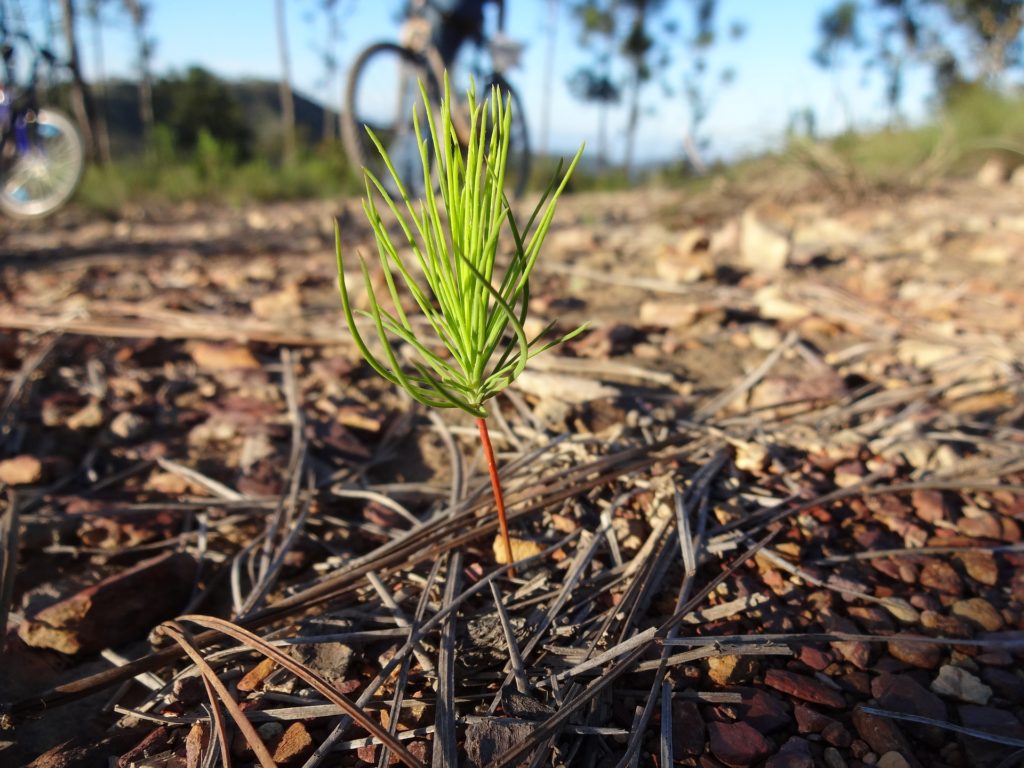Planting a tree is a great way to add beauty to your property, and can also help you save on energy bills in the future and even improve your home’s value. Trees around your home have great mental health benefits as well and are a simple way that we can help our local environments.
Tree planting is easy with a few simple steps.
When to Plant A Tree?
It’s best to plant a tree in the dormant season, after leaf drop in the fall or in early spring before trees bud. Deciduous trees are best planted in the spring as soon as the frost is out of the ground or in the fall after leaves have fallen, but before the first frost. Conifers can be planted in early spring until four weeks after deciduous trees have opened their leaves, or in the fall to the end of October.
In these cooler conditions, plants are able to establish roots in their new location before spring rain and summer heat stimulate top growth. It also gives them time in the fall before the frost and winter weather hits.
Before You Plant
First, you have to choose which tree you want to plant. Think about the size you have available on your property, and then choose a tree from there. Think about how tall a tree will grow, what shape it will take, and whether a deciduous or coniferous tree would be better suited for your landscape. We always recommend choosing native tree species to help Ontario’s ecosystem and wildlife.
Before you start digging, make sure to check for buried cables and wires on your property. Too often, people plant trees in their yard too close to cables, pipes, or a home’s foundation, causing immense problems as the tree roots grow over the years. Call your local municipality to find out who to contact to verify a new tree’s location in your yard and position to overhead utility lines.
Plant small trees (30 feet tall or less) at least 10 feet from your home’s foundation and utility lines. Plant large trees (30 to 70 feet tall) at least 15 feet from foundations and lines. Lastly, give 70-foot trees 20 feet of distance. If you have a small area, planting an oak tree could cause more problems than provide benefits.
Steps for Tree Planting
Minimize Stress
Transporting a tree can cause it a lot of stress when not done properly. Pad the trunk and branches gently with burlap and tie loose ends with soft rope or twine to help keep it stable. You should plant trees as soon as they arrive at their destination, but if this is not possible, store them in a cool, shaded area and water as needed to keep the soil moist in the wrapping.
Dig the Hole – Correctly
Dig a hole two to three times as wide as the root ball of the tree. Dig it only as deep as the root ball is high, as you don’t want to bury the trunk underground. The biggest mistake you can make is digging the hole too narrow and trying to squeeze the root ball into it. Roughen the sides and bottom of the hole to allow root penetration.
Plant with Care
For a tree in a container, gently remove the tree from the pot and place it in the hole. For burlapped trees, place it intact in the hole and gently cut away the twine and burlap. You can either remove the burlap or keep it at the bottom of the hole. Handle the root ball carefully to keep it intact while you place it in the hole. The tree should be at the same level with the ground as it was in its container.
Fill
Return the soil you dug out of the hole and gently pack it around the root ball until the hole is two-thirds full. Fill the remaining space with water to help settle the soil. Once this water has drained, finish filling the hole. Create a small ridge of soil around the root ball to help direct water towards the roots. It’s so important to make a wide hole so that the soil isn’t packed too densely and the roots can easily grow into surrounding soil..
Staking?
Staking newly-planted trees is not necessary unless the tree is in a place of high winds or if the soil is shallow. If this is the case, drive the stake into the ground through the root ball. Tie the stake loosely to the trunk, as you want the trunk to be able to flex in the wind. Remove the stake after 6 months as by that point, the roots will have grown enough to support the tree in shallow or windy conditions.
Watering & Fertilizing
Water your tree slowly and deeply immediately after planting and then once a week or more depending on the conditions. You should not apply fertilizer in the first year after planting. You can apply two to four inches of mulch around the tree over the area of the root ball to help prevent weed growth and retain water in the soil.
Get Planting
Why not plant a tree this spring or fall? Many municipalities have tree planting programs available to provide help and advice, or you can contact a local forester or arborist to advise on your unique property and situation.
If you’re planning to plant multiple trees on your property at once, you should consult with a professional to ensure that the trees will be able to flourish and be planted properly. If you need a Certified Arborist for some help with tree planting this season, P & A can help!
